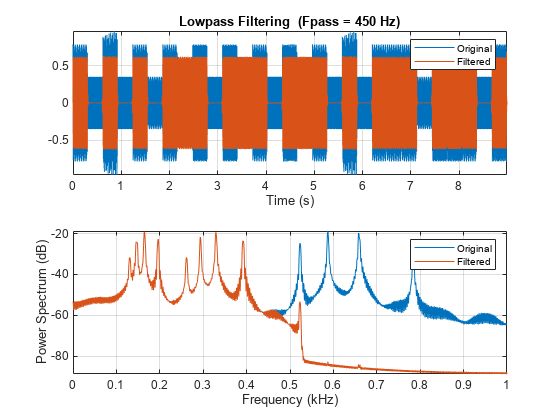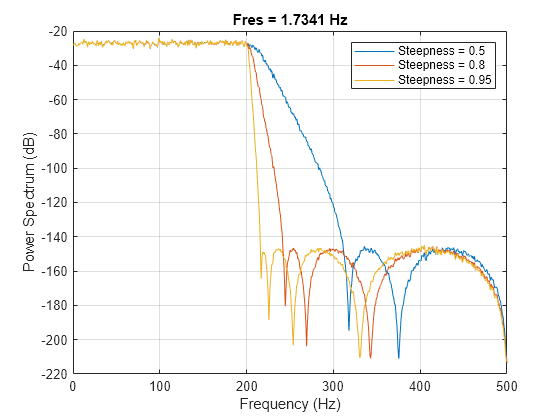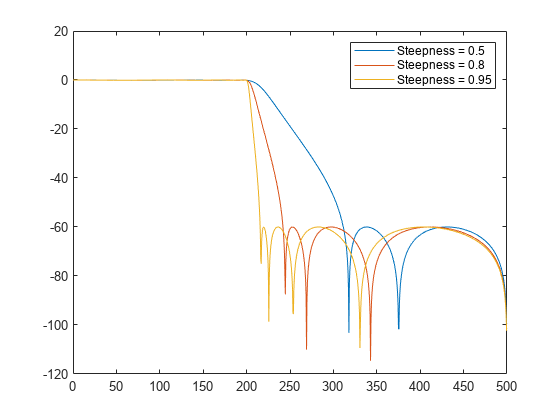lowpass
对信号进行低通滤波
语法
说明
y = lowpass(___,Name=Value)
[ 还返回用于对输入进行滤波的 y,d] = lowpass(___)digitalFilter 对象 d。
不带输出参量的 lowpass(___) 绘制输入信号并叠加滤波后的信号。
示例
输入参数
名称-值参数
输出参量
详细信息
版本历史记录
在 R2018a 中推出





